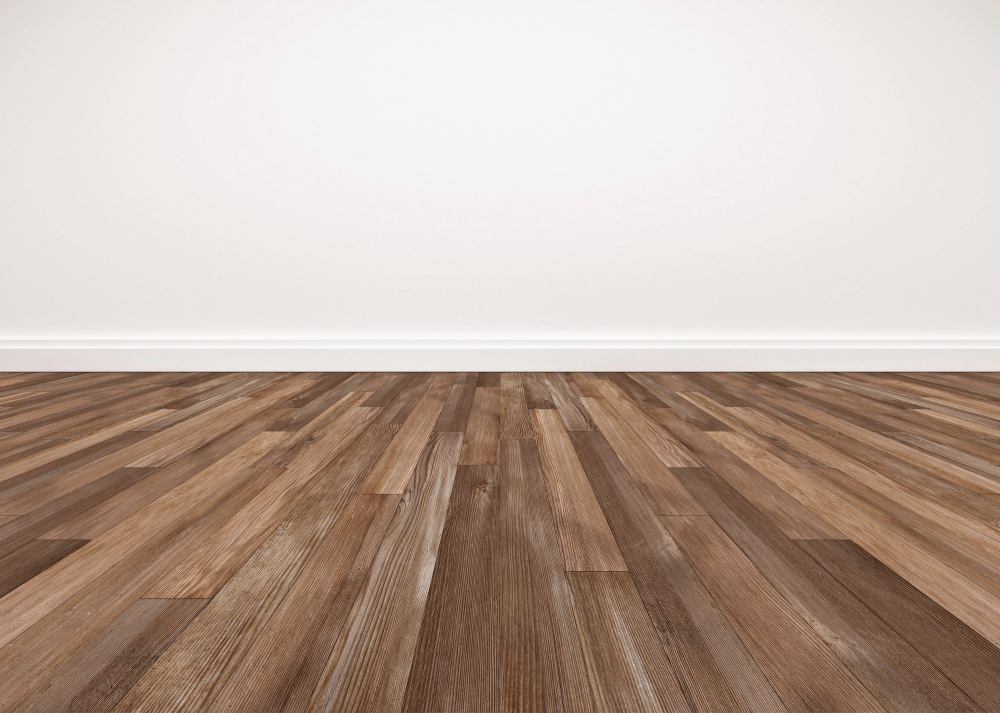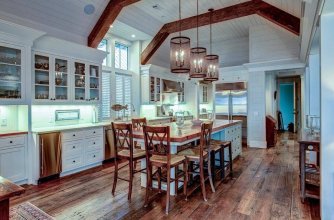
Engineered wood floors have emerged as a favored choice among homeowners, known for blending durability, affordability, and aesthetic appeal. With a wide range of colors and finishes available, engineered wood floors offer versatility to suit various design preferences. However, they can become outdated. The exciting news for homeowners is that changing the color of engineered wood floors is indeed possible.
In this article brought to you by Construction Xperts, we explore the features that make engineered wood floors a popular choice and guide you through the process of changing their color. If you’d like to hire seasoned home remodeling contractors to take care of the work, then call Construction Xperts to get started with a consultation.
Engineered wood floors are composed of layers of real wood veneer bonded to a plywood or high-density fiberboard (HDF) core. This construction integrates stability and resistance to the expansion and contraction often associated with solid hardwood floors, making engineered wood a suitable choice for various environments such as areas with fluctuating humidity levels.
Engineered wood floors are renowned for three primary features: durability, affordability, and aesthetic variety. Engineered wood floors are designed to withstand wear and tear, making them a durable flooring option for high-traffic areas. Compared to solid hardwood, engineered wood floors are often more budget-friendly, providing an attractive alternative without compromising on quality.
You won’t get bored of engineered wood floors, either. Engineered wood floors come in an extensive array of colors, wood species, and finishes, allowing homeowners to find the perfect match for their design vision.
Before getting to changing the color of your engineered wood floors, it's important to understand the type of finish applied to the surface. The finish not only affects the overall look but also influences the methods available for color transformation.
In short, changing the color of your engineered wood floor depends on a number of factors, including the coating and finish. You’ll have to identify the type of finish, clean and prepare the surface, then potentially sand the surface to be able to apply wood stain or tinted oil. Apply the stain or oil evenly using a brush or applicator, following the manufacturer's instructions. Once you achieve the desired color, seal the floors with an appropriate clear finish or topcoat.
If you’d like to hire a reputable home remodeling company to handle the recoloring, then consider Construction Xperts. Our team is on standby to take your call today.
.jpg)
Prefabricated vs. Custom Countertops Remodeling a kitchen is exciting but it comes with a barrage of questions. For instance, what will the countertops be made…
Read More+

Different Types of Stairs in Home Remodeling Construction Stairs are…
Read More+
6 Tips for a Successful Home Remodeling Project A home…
Read More+
Design-build Firm vs. Architect/Designer: Who Should I Hire? One of…
Read More+
Hidden Costs of Kitchen Remodeling A kitchen remodeling project can…
Read More+